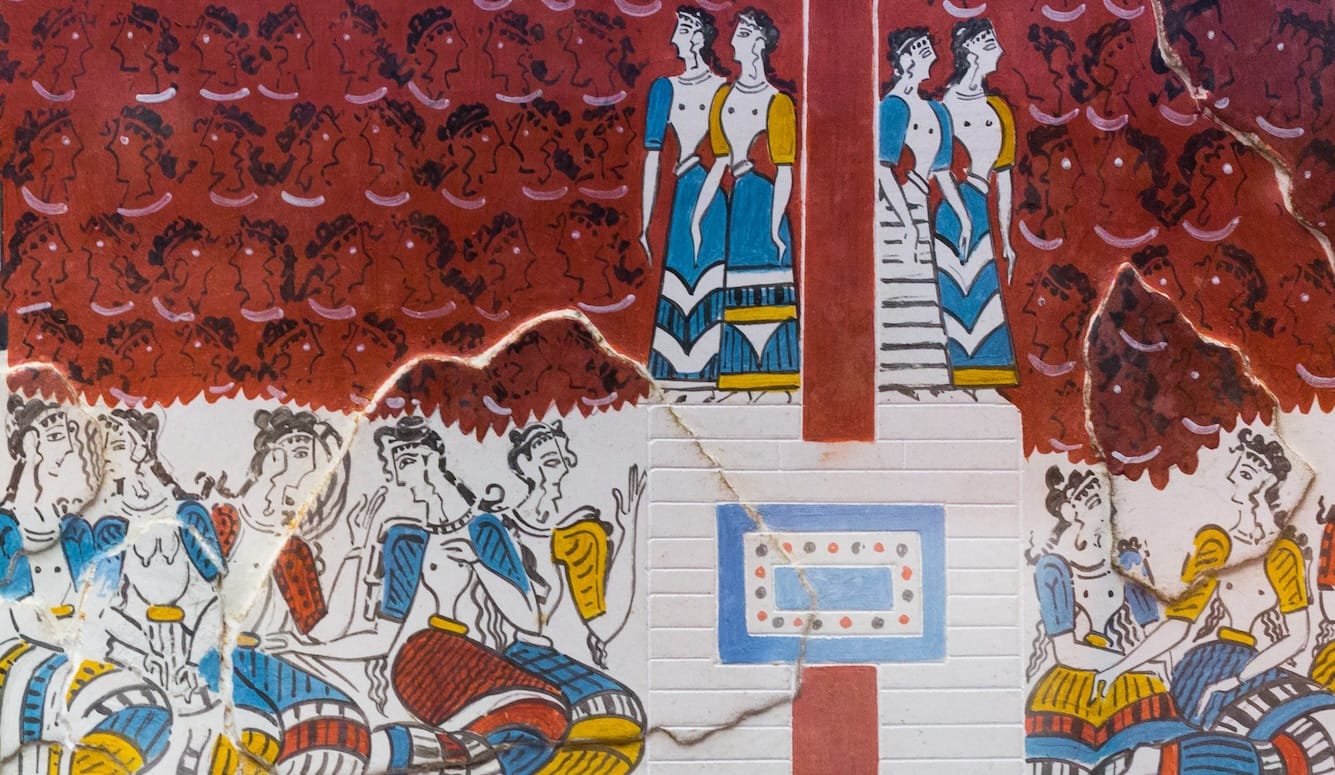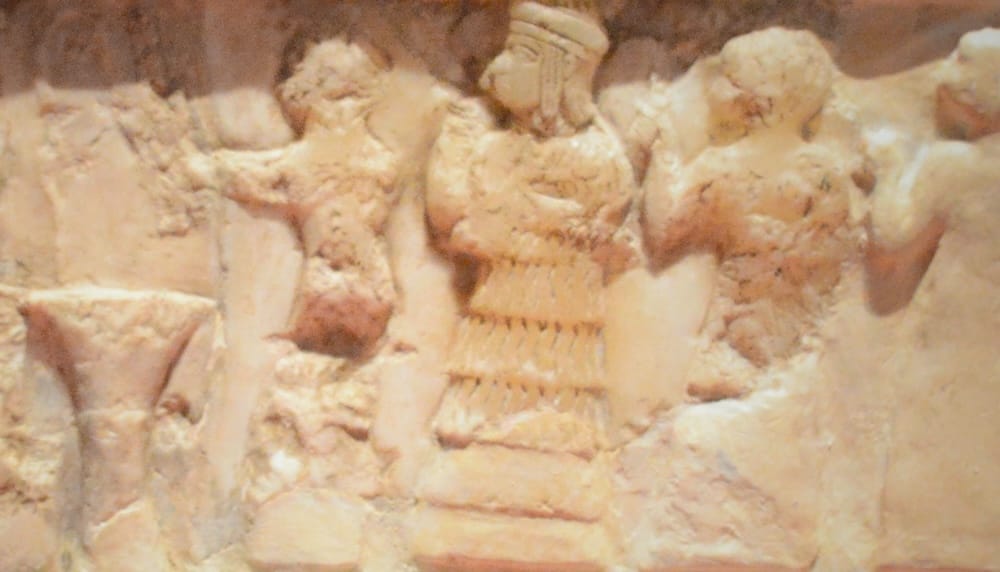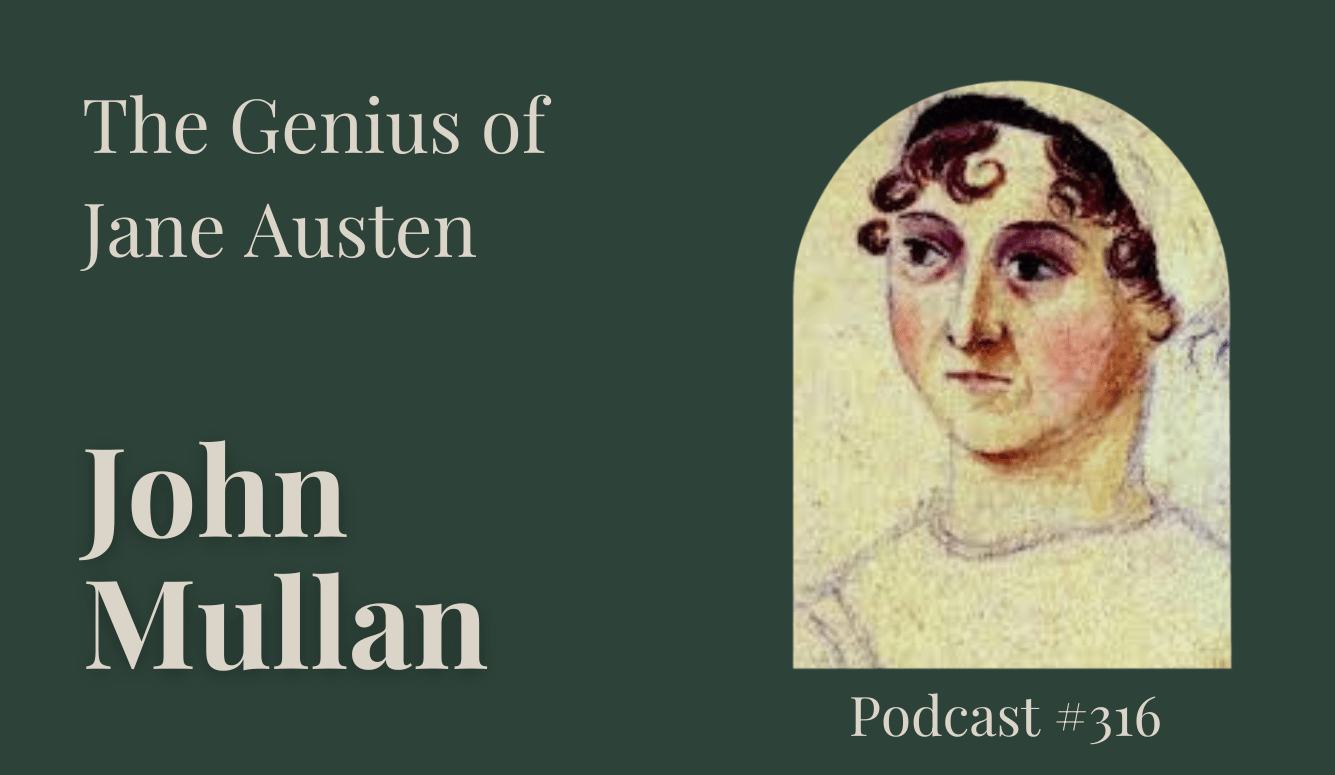Ancient History
In Praise of Antiquity’s Grande Dames
Daisy Dunn’s new book argues that the great female poets, heroines, and martyrs of the ancient world tied history together with a ‘missing thread.’

The world’s earliest named author, we’re told, was a Sumerian high priestess called Enheduanna, who lived during the 23rd century BC, writing hymns and poems in praise of a warlike female deity called Inanna. In her newly published book, The Missing Thread: A Women’s History of the Ancient World, British classicist Daisy Dunn tells us that Enheduanna even “had the forethought to sign [her compositions] with her name,” and sometimes included disturbing biographical details. In one of her hymns, Enheduanna recorded that a brutish man called Lugal-anne—leader of a rebellion against her father, the Akkadian ruler Sargon the Great (r. 2334-2279 BC)—spat on his hand and placed it over her mouth, waved a dagger in her face, and dragged her from the temple. Then he raped her. “My talent for lifting spirits has turned to dust,” Enheduanna wrote.

She pleaded with Inanna to punish her assailant, and her nephew duly put down the rebellion. Enheduanna, “bruised but defiant,” according to Dunn, found her voice again and was able to return to her temple. “The art of writing, associated with women from the Trojans to the Hittites and the verses of Homer, preserved Enheduanna from the common fate of anonymity,” Dunn observes.
Most women in the ancient world lived and died without leaving any trace. So did many men, of course. Conflict plagued the ancient world, and combatants would die in horrible ways, leaving behind wives and daughters who faced a bleak future without a husband or father to support them. But their struggles to survive were of no interest to ancient authors, which is why Dunn calls women “the missing thread”—a somewhat understated title for what is in fact an ambitious book.





